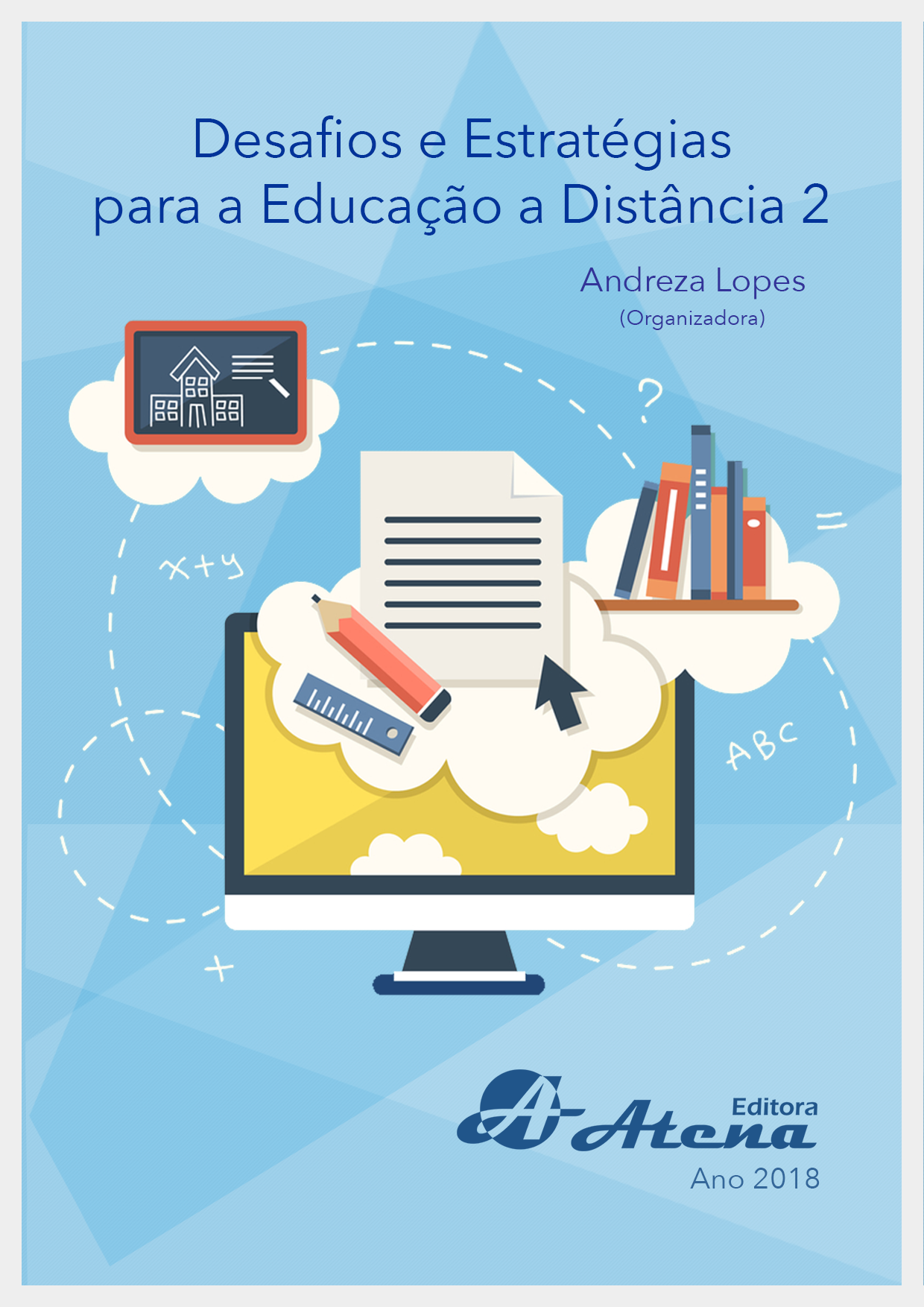
A Colaboratividade e o uso das mídias como propulsores ao ensino da leitura e escrita
Este artigo relata duas intervenções
pedagógicas realizadas com alunos do Ensino
Fundamental I e II, de uma escola pública em
Minas Gerais. Embora com públicos alvo distintos,
os objetivos eram os mesmos: incentivar a escrita
colaborativa entre alunos regulares e especiais;
despertar a capacidade criativa destes para
textos literários e não literários; instigar a autoria
de livro, jornal e audiobook com produções
escritas, ilustrações e narrações realizadas pelos
educandos. Para as autoras, a produção de
recontos e a organização de materiais impressos
e de áudio pelos alunos, utilizando várias mídias
tecnológicas, são eficientes gatilhos no despertar
para a leitura e a escrita. Os projetos foram
estruturados em etapas para aguçar a curiosidade
dos alunos e motivá-los a acompanhar suas
evoluções, a fim de que percebessem como se
daria o uso das mídias tecnológicas durante
todo o processo. Os resultados mostraram que
a associação entre mídias, produções textuais
colaborativas e publicação dos textos dos alunos
em jornal, livros e audiobook, além de trabalhos
visando à inclusão de alunos com necessidades
especiais, foram elementos motivadores para o
aprendizado dos educandos, impulsionando seu
universo de leitura e escrita coesa e coerente,
além da formação pessoal, consciência do papel
do outro nas produções e na vida escolar e da
comunidade. A pesquisa-ação foi a modalidade
metodológica de pesquisa utilizada por trazer tanto
alunos, quanto professor para o protagonismo
em sala de aula. Cereja e Magalhães (2007),
Koch e Travaglia (1993), Elliot (1997), Hoffmann
(2008) e Thiollent (1985, 1997) dentre outros
fundamentaram esse trabalho.
A Colaboratividade e o uso das mídias como propulsores ao ensino da leitura e escrita
-
DOI: Atena
-
Palavras-chave: Leitura, Escrita Colaborativa, Mídias, Inclusão, Incentivo.
-
Keywords: Reading, Collaborative Writing, Media, Inclusion, Incentive.
-
Abstract:
This article reports two pedagogical
interventions carried out with primary school
students I and II, from a public school in Minas
Gerais. Although with distinct target audiences,
the objectives were the same: to encourage
collaborative writing between regular and special
students; awaken their creative capacity for literary
and non-literary texts; instigate the authorship
of a book, newspaper and audiobook with
written productions, illustrations and narrations
carried out by the students. For the authors, the
production of retellings and the organization of
printed and audio materials by students, using
various technological media, are efficient triggers
in awakening to reading and writing. The projects
were structured in stages to whet the curiosity of the students and motivate them to follow
their evolutions, in order that they perceive how the use of the technological media would
be given throughout the process. The results showed that the association between media,
collaborative textual productions and the publication of students ‘texts in newspapers,
books and audiobooks, as well as works aimed at the inclusion of students with special
needs, were motivating elements for students’ learning, boosting their universe of coherent
reading and writing, personal formation, awareness of the role of the other in productions,
and in school and community life. The action research was the methodological method of
research used to bring both students and teacher to the protagonism in the classroom.
Cereja e Magalhães (2007), Koch e Travaglia (1993), Elliot (1997), Hoffmann (2008) e
Thiollent (1985, 1997) among others, supported this work.
-
Número de páginas: 15
- Andrea Bonequini


